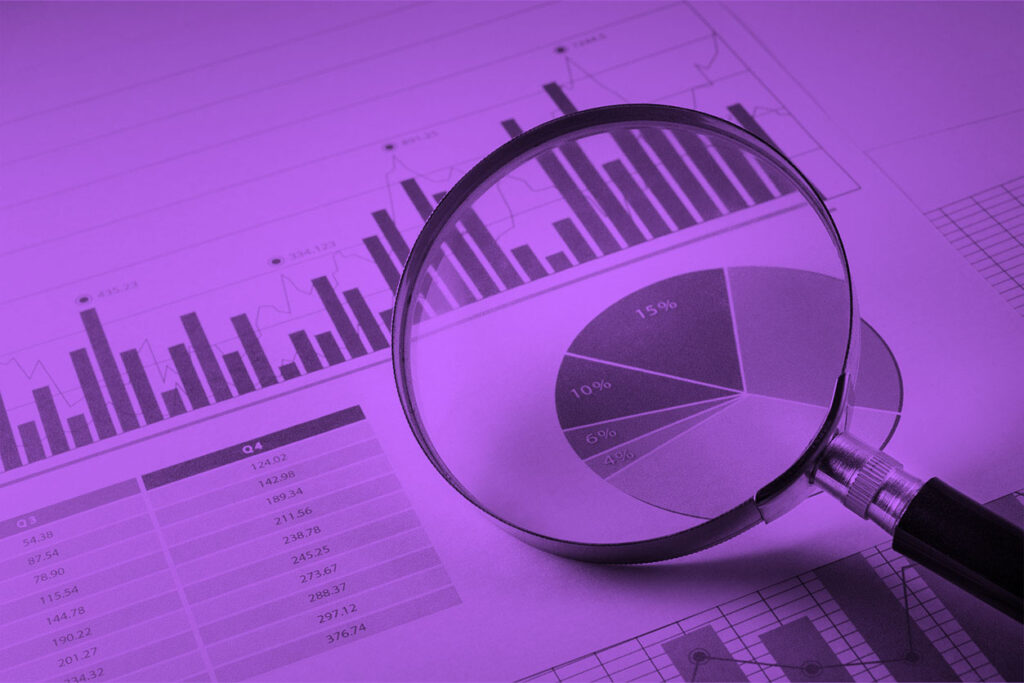What is Algorand (ALGO)?

Algorand – The Essence & Origin
An open-source project, where decentralized apps (dApps) and decentralized finance (DeFi) are functioning on an efficient, scalable, and secure blockchain platform – that is Algorand. Covering all of these requirements can be done by only a few crypto projects, and in Algorand’s case, it packs a unique layer-1 smart contract set of functionalities, well-suited for developers’ needs and companies’ interests. Despite this, its aim to increase scalability to 46,000 transactions per second would make it possible for users to enjoy the cheapest transaction fee without cutting back on security. The permissionless blockchain protocol it is working on allows the verification and finalization of transactions instantaneously and non-erroneously.
The creator of this system is none other than Massachusetts Institute of Technology computer science professor Silvio Micali, whose contributions in blockchain and crypto protocols, electronic cash, and cryptography deserved the 2012 Turing Award. Micali’s experience with cryptography dates back more than four decades, but his research on blockchain creation started much later, around 2015. The research article he posted online was noticed by MIT professor Nickolai Zeldovich who found it particularly interesting to simulate Micali’s findings with dedicated servers from Amazon. Many attempts were required to find out more about different types of transactions, but ultimately, the development of Algorand’s blockchain technology was successful, and the company came to be in 2017. The Algorand platform itself was launched in 2019
Features of Algorand and its Pure Proof-of-Stake protocol
Algorand’s two-stage smart contract architecture called Pure Proof-of-Stake (PPoS) for short consists of the Pixel and the Vault. The Pixel is a multi-signature consensus protocol, whose roots stem from the proof-of-stake model. It is energy-efficient in many aspects – node processing power, storage usage, and bandwidth consumption. For the sake of posterior attack prevention like generating new keys from old blocks, Pixel signatures are forward-secure – meaning that signers receive different keys over time.
The Vault, a security mechanism that bars instant withdrawals, is meant to bootstrap transaction time. Withdrawals can be performed only after users have issued a request that can be nullified with a recovery key during the waiting time until the withdrawal process is completed. By bootstrapping costs for participants and reducing storage usage, Vault removes the necessity of having to download, store, and verify large volumes of data in order to partake in the system of consensus. This is made possible by the deletion of old account states. However, before that, their balance storage is decoupled from recent transactions. Performing this split allows sharding to ensure robust security, and through certificate stamping new participants can join the blockchain seamlessly and securely without the need to verify past transactions.
Every transaction on the Algorand blockchain is final and the verification method is performed through a signature threshold per block. Potential attempts at forking are no more due to the nature of the PoS protocol – in other words, there is only one block at a time. This is further backed by the random selection of participants who verify the next block, which is next-to-impossible to predict and makes the block basically impenetrable to attacks. The Byzantine protocol that enables the swift reaching of consensus is the key to Algorand’s scalability, because the computing power required is next to none, compared to the Proof of Work (PoW) protocol, and therefore the transaction fees themselves are much lower.
The ALGOrhythm
The Algorand Foundation (AF) is a non-profit organization that is in charge of overseeing both the funding and development of Algorand Inc. and the Algorand platform. The AF is in support of the education of developers in universities and overall educational settings. It works with famous universities to advance the development and sponsors various causes related to blockchain technology, education, and certification. Other programs that the AF has launched include the 2020 accelerator programs that focus on end-to-end support meant to help the Algorand ecosystem grow and thrive.
Algorand’s token is ALGO, currently standing at a market cap of over $9 billion, available for purchase for $1.44 per coin. It has been on the bearish end for quite a while, but its value has more than quadrupled in the past year. There are speculations it could pump 130% during Q1 of 2022 and continue to rise even further in value.
The hard supply cap of 10 billion is expected to circulate for decades to come, with 3 billion coins to be released over the first five years, 1.75 billion to be distributed over time as rewards for participation nodes and another 2.5 billion to relay nodes, another 2.5 billion for the Algorand Foundation and Algorand Inc, and 0.25 for end-user grants.
As things stand, the future of Algorand is strongly dependent on its growth and development over the years that could put it head to head with bigger competitors like Cardano, Solana, and soon-to-be Ethereum 2.0. The ALGO is one of the cryptos that can be traded with Eightcap on ultra-low spreads with the option to get answers to any potential questions pertaining to the usage of tools to help optimize your trading strategy.

